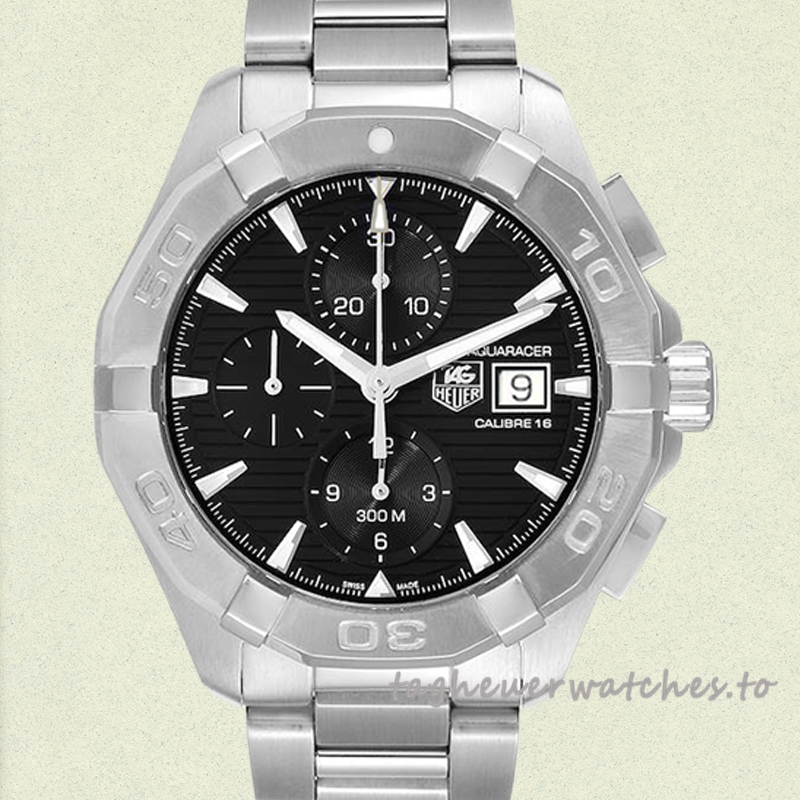A new endorsement for the TAG Heuer brand is Tiger Woods. The golf legend has joined TAG Heuer's prestigious endorsement roster. Listed below are his reasons for supporting the brand. Also learn about the 'oscillating pinion' in the mechanical stopwatches.
Tiger Woods endorses TAG Heuer watches
Tiger Woods is a golf star who has endorsed TAG Heuer watches for ten years. However, his relationship with the brand has taken a turn for the worse in recent weeks. First, Tiger's endorsement has been questioned, and the Swiss company decided to publicly back off. On Wednesday, TAG Heuer removed pictures of the golfer from its website.
Woods's contract with TAG Heuer expired on May 31. He will no longer be featured in their advertising, and the company is moving on to other celebrities. Other brands have also ended their relationship with Woods, including Accenture Plc and Procter & Gamble Co.'s Gillette. Even AT&T, which is known for its expensive watches, is reviewing its relationship with the golf star.
Tiger Woods' association with the watch brand dates back to before he signed his Rolex deal. In fact, you can find early advertisements of Tiger wearing Tag Heuer watches. Tiger frequently wore the Link Chronograph model, a standard chronograph model. These watches have been valued at around $2,000 USD on the secondary market.
Tiger Woods had a watch deal with TAG Heuer that lasted two years, but the brand dropped the deal with Tiger two months ago. Tiger has since lost five major endorsement deals in less than two years, including his deal with Rolex. In addition to TAG Heuer, Woods has signed a heat rub deal with a Japanese company. The two companies have not disclosed their financial terms, but the deal is geared towards the Japanese market.
Tiger Woods' TAG Heuer endorsements include watches with his signature on them. The brand released a special edition of the Link Calibre 16 featuring his signature red. This model also features a day date window at 3 o'clock, and a tachymeter around the bezel.
Origin of the 'oscillating pinion' for mechanical stopwatches
The oscillating pinion was invented by Edouard Heuer in 1887, and it is the main mechanism behind the mechanical stopwatch. This mechanism is used in many mechanical chronographs, and is the basis for most modern chronographs. This mechanism is still used in many major Swiss watch brands today.
The oscillating pinion was first used to keep time in a mechanical stopwatch in the late 1800s. This device allowed the hands to move freely and accurately. This feature became a standard feature of wristwatch chronographs. Journe has been a champion of the coupling system.
An oscillating pinion was also used to simplify the chronograph engagement process. It consists of an arbor with pinions on either end. These pinions mesh with the fourth wheel of the movement, which in turn engages with the chronograph wheel. The oscillating pinion then pivots away from the seconds wheel and stops the elapsed time hand.
Heuer introduced the pocket chronograph in 1914. This new model, known as the 'Mikrograph', was capable of measuring elapsed time in 1/100th of a second. Later, his son, Edouard Heuer, continued the development of the chronograph. His innovations were used at the Olympic Games and in sporting events.
The oscillating pinion made it possible to make the movement simpler and more efficient. It did this by eliminating the intermediate wheel and arm. The lower pinion was continuously engaged with the fourth wheel of the movement, while the pinion arm was engaged when the chronograph was in use. This simplified the movement and made it possible for the chronograph to operate faster.
